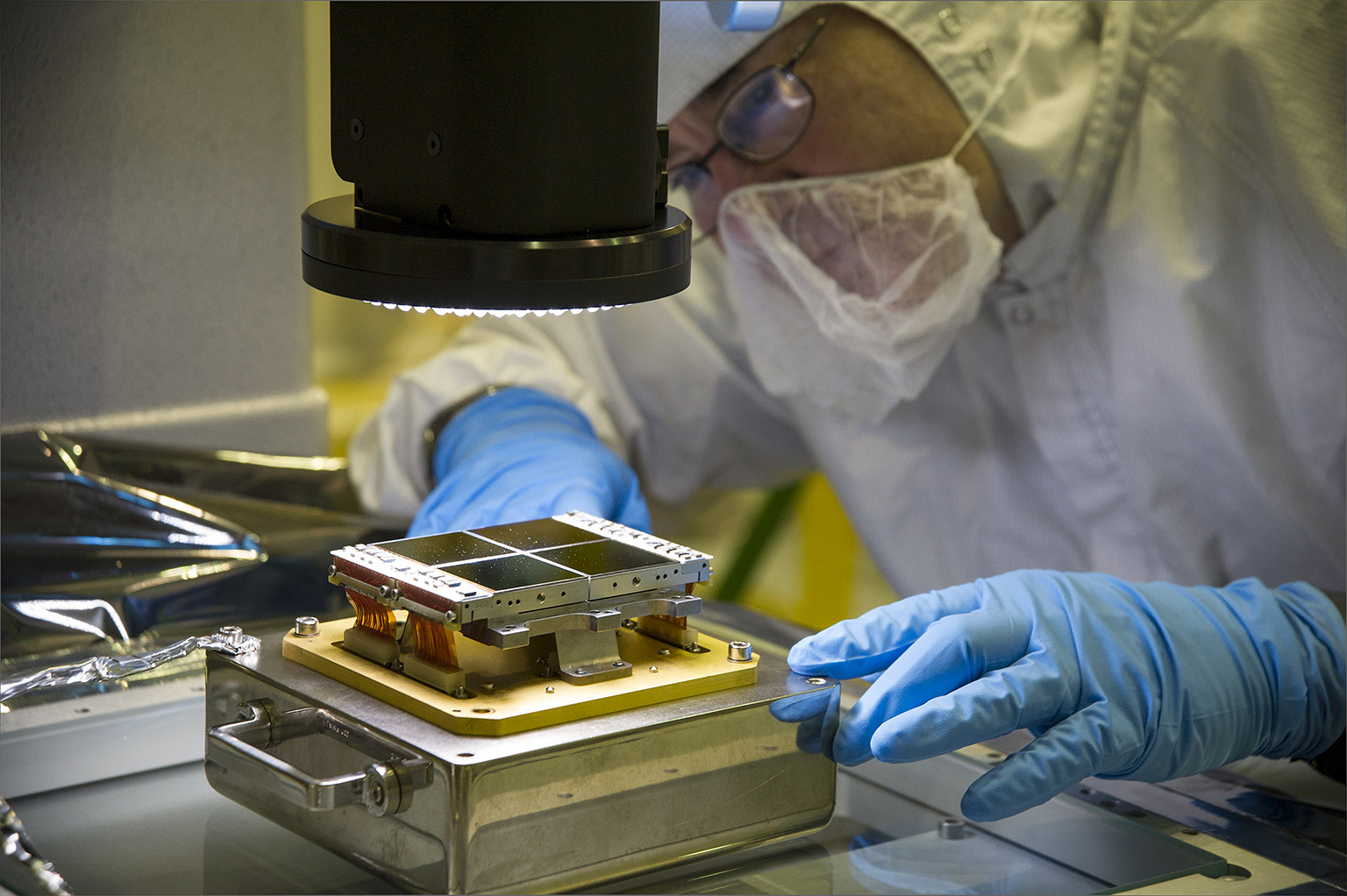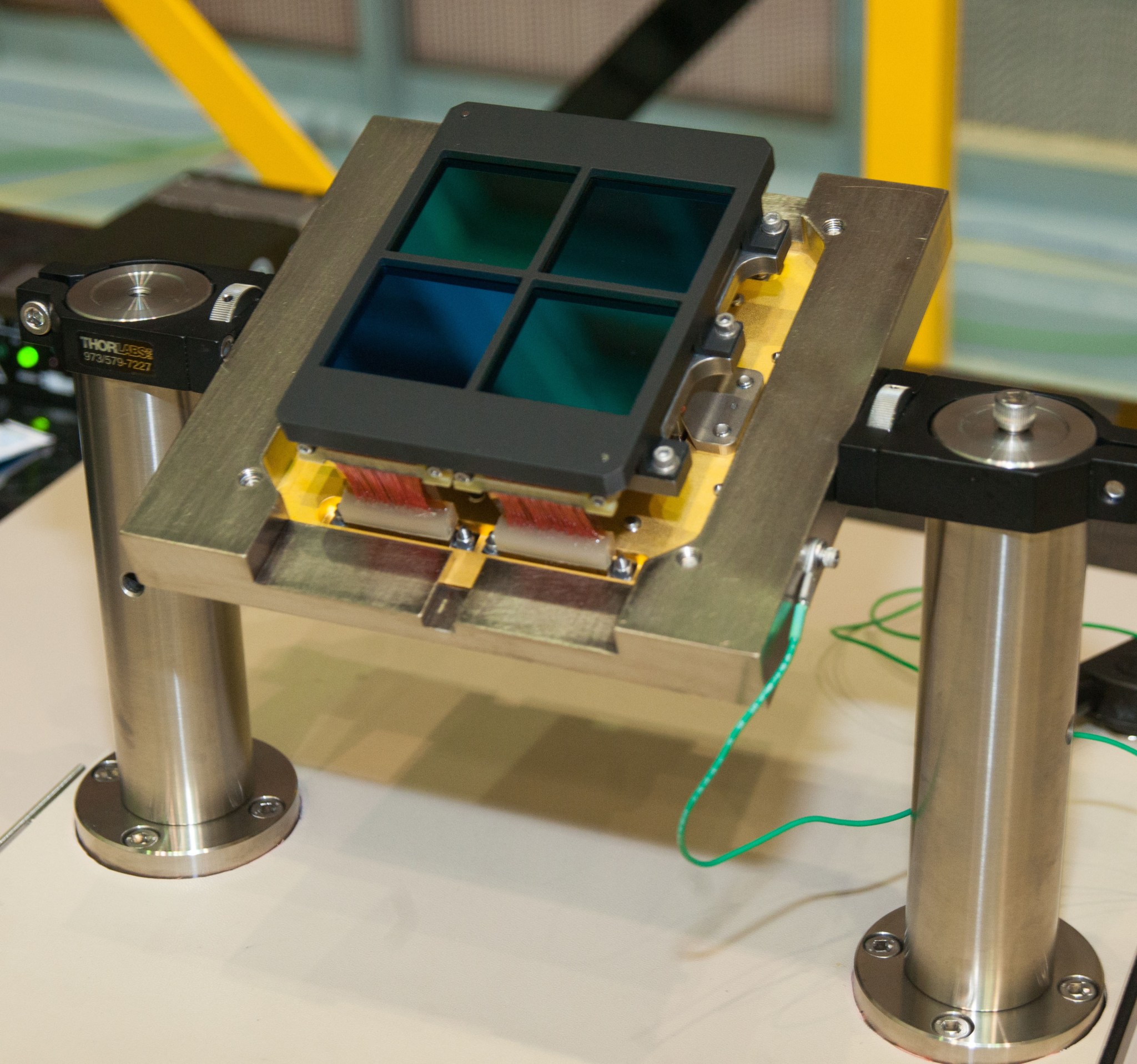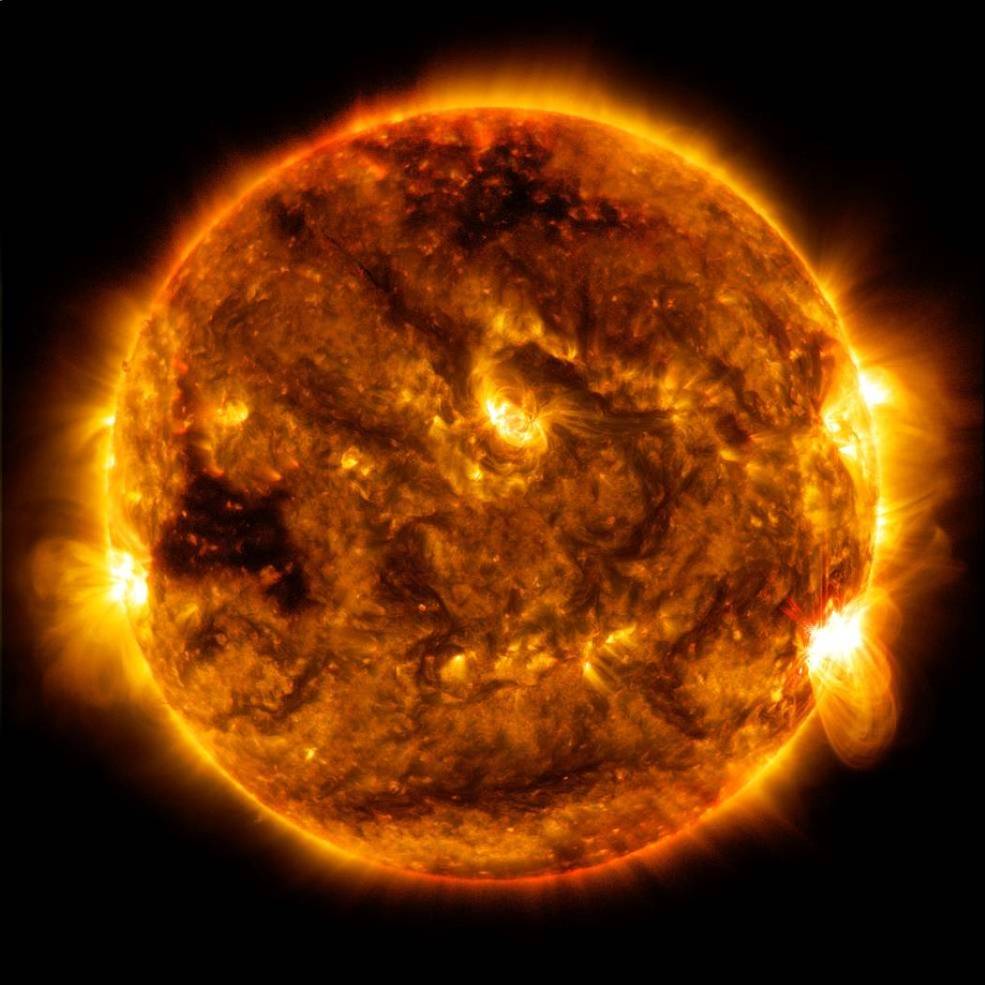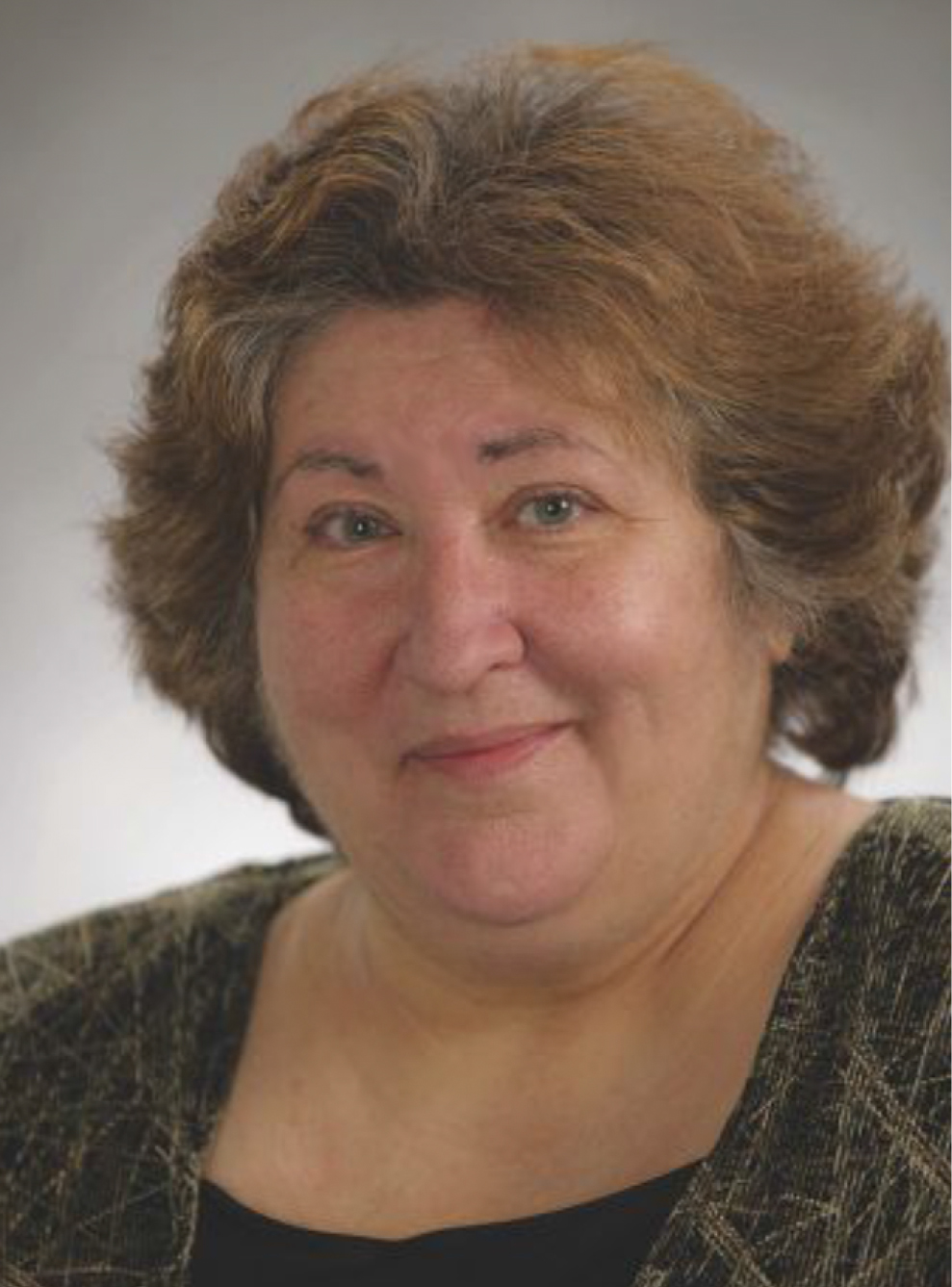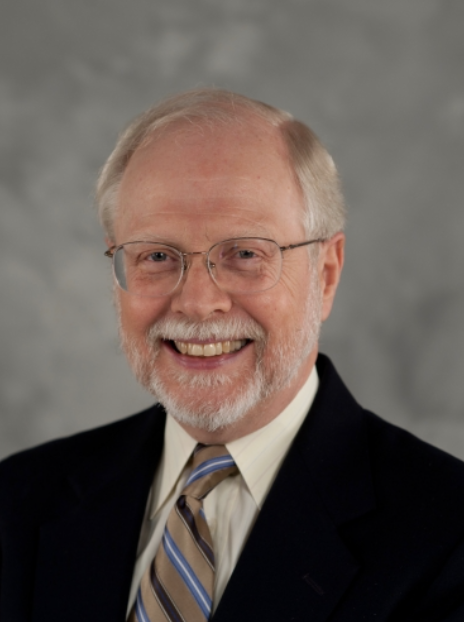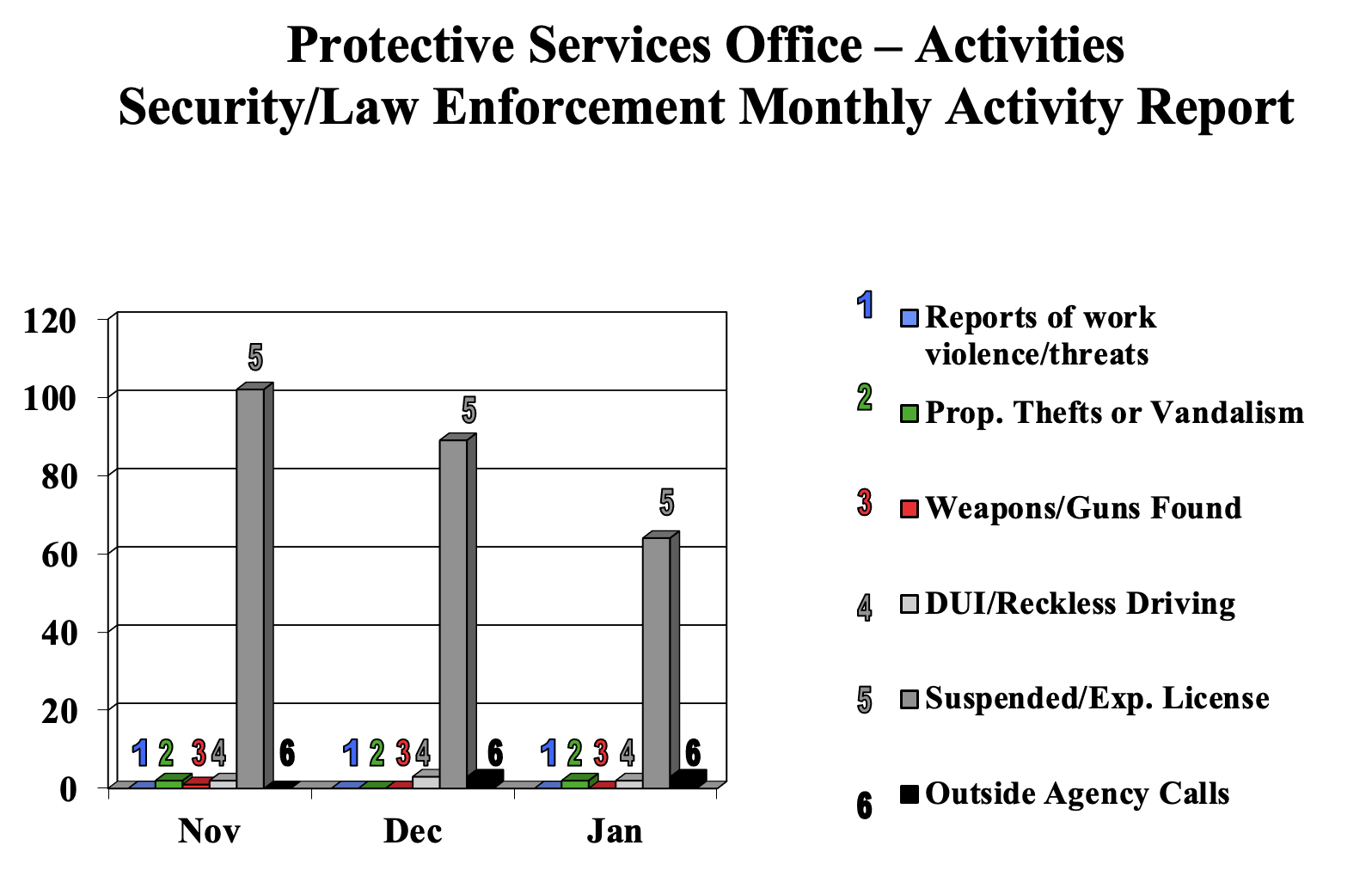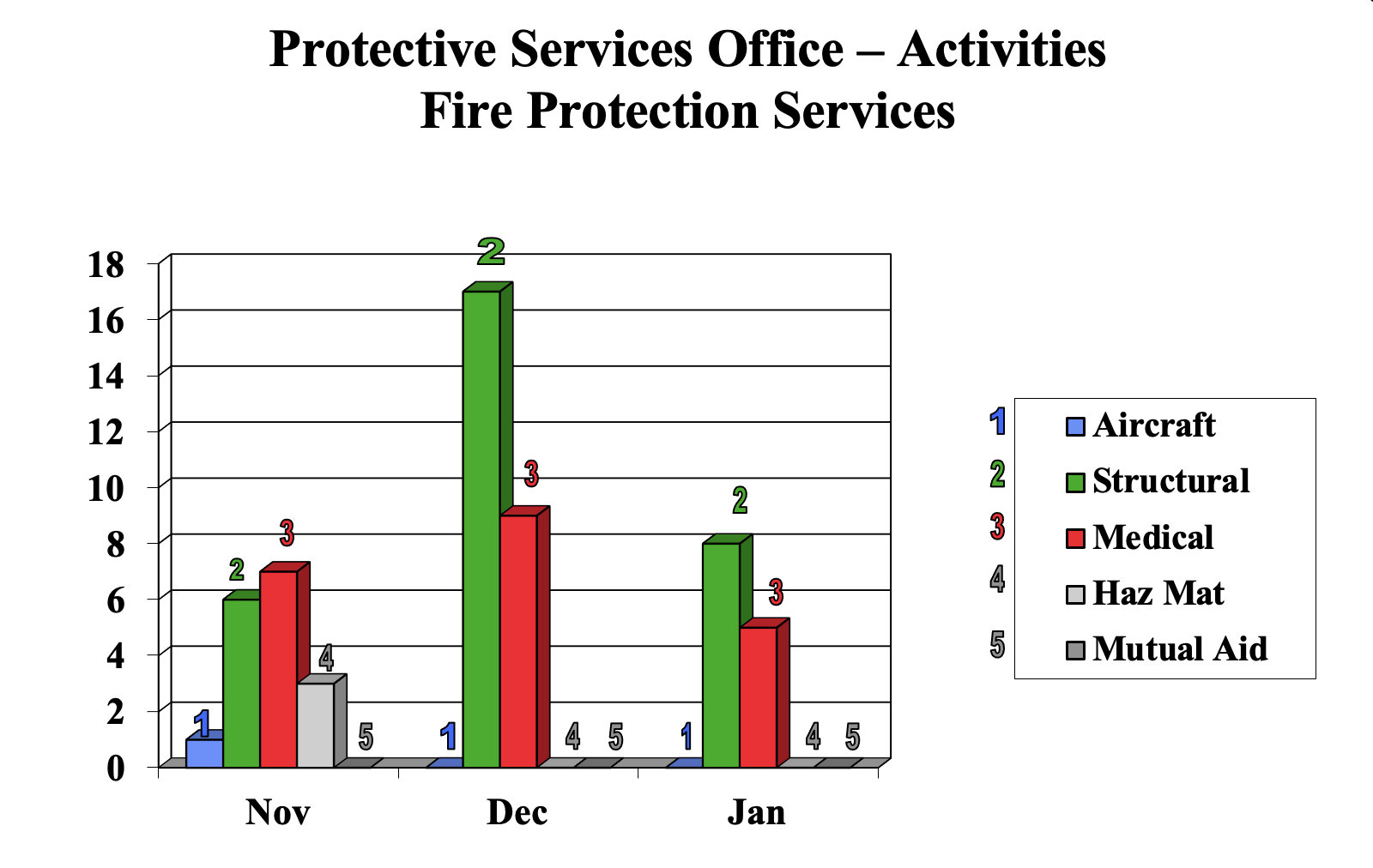How NASA in Silicon Valley Will Use the Webb Telescope to Study Distant Worlds
by Frank Tavares
NASA’s James Webb Space Telescope gives scientists new tools to search for the building blocks of life on distant planets and is getting ready to give us the best view yet of worlds beyond our own solar system, commonly known as exoplanets. Scientists at NASA’s Ames Research Center will be among the first to observe the cosmos with Webb, and they’re looking for clues about how exoplanets form, what they’re made of, and whether any could be potentially habitable.
On Jan. 24, 2022, the telescope reached its destination, an orbit about one million miles from Earth around a location called Sun-Earth Lagrange point 2, also known as L2. Now, Webb is one step closer to launching its scientific mission to transform our understanding of the universe.
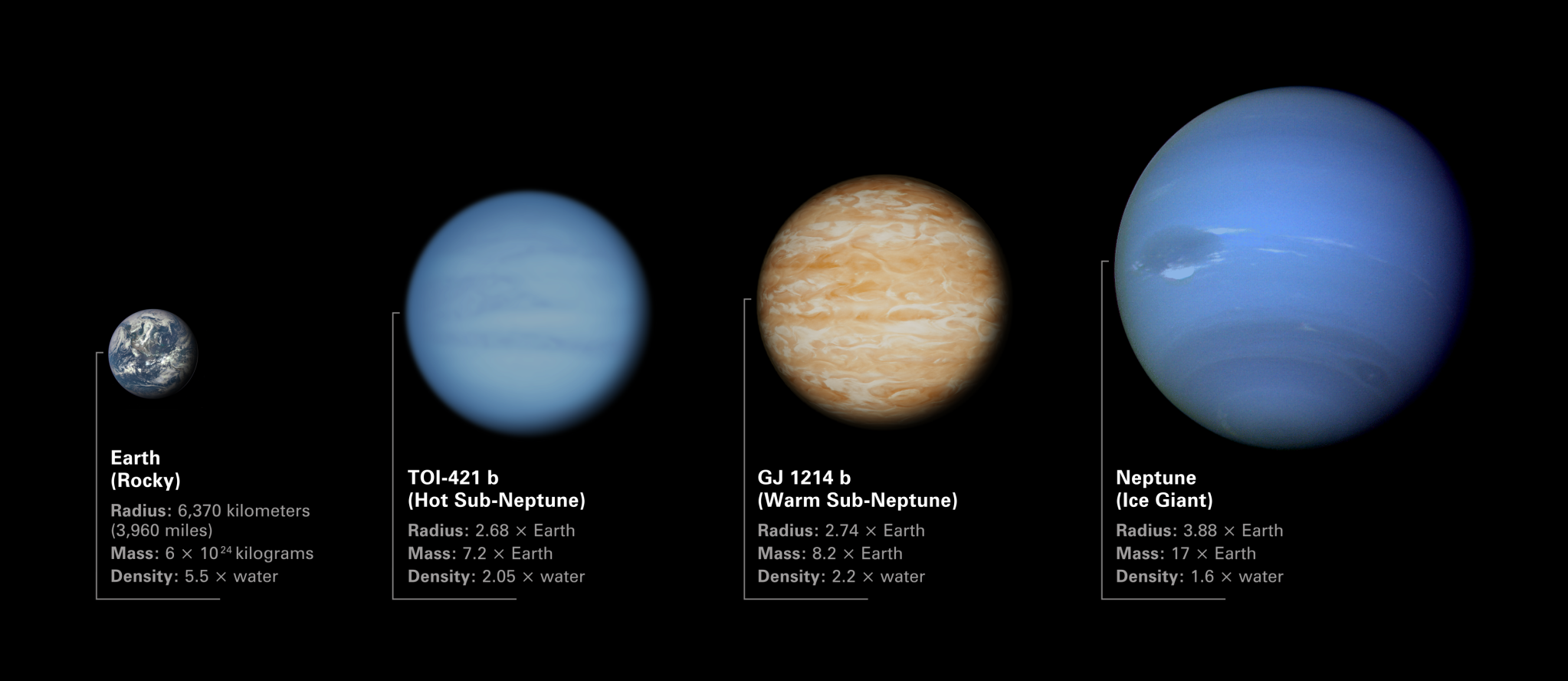
Filling a Planetary Knowledge Gap
When we look for exoplanets, scientists often use the worlds we know best as reference – our own, and our neighbors in the solar system. But most planets out there aren’t quite like any of our neighbors.
“The diversity of planets we’ve discovered within the galaxy far exceeds the diversity of planets within our own solar system,” said Natasha Batalha, a research scientist at Ames who is a co-investigator on several Webb programs. “In our solar system, we have the inner rocky worlds and outer gas planets – but the most common exoplanets we see are actually in between.”
Batalha’s team will use Webb to study 11 of those “in between” planets, larger than the Earth but smaller than Neptune, to learn more about how they formed and have evolved through time. Getting a basic sense of what this planetary population looks like – are they rocky, or made of gas? – is the start. Much of Ames’ exoplanet research enabled by Webb will be focused on that kind of basic knowledge-building, giving scientists more pieces to puzzle together what the population of planets beyond our solar system looks like and if such worlds could harbor potential life.
Thomas Greene, an astrophysicist at Ames who has contributed to the development of Webb’s instrumentation and analysis techniques for over 20 years, is leading a study on nine planets that are less massive and cooler than many studied by previous telescopes. His study will focus on the chemical makeup of the atmospheres surrounding those worlds, the abundances of heavier elements in their composition compared to their host stars, temperatures across each planet’s surface, and more.
Searching for Atmospheres and Potential Habitability
Another type of planet that is in need of further study are small rocky worlds in orbit around cool dwarf stars. These planets are often very close to their suns, but because their suns are small and cool, they lie within the habitable zone. However, very little is known about these worlds – including whether they are capable of maintaining atmospheres at all, let alone whether they could harbor life.
Though most of the worlds in Greene’s study are made of gas, one is rocky – TRAPPIST-1b. It is the innermost planet in the TRAPPIST-1 system, a group of seven rocky, roughly Earth-sized planets that orbit close to a small, cool dwarf star. With so little known about the makeup of the planet, including if it has an atmosphere or not, the data gathered by Webb could reveal it to be a dead and barren world, or even one with the potential for hosting life.
“A planet’s atmosphere is essential for the possibility of life as we know it,” said Greene. “We’ve developed Webb’s instruments to be able to give us the data we need to not only detect atmospheres, but to determine what they are made of.”
Greene’s team will be taking a close look at the spectrum of the planet – to see what kind of light it emits, which gives a view into its chemical composition. The study will focus on the planet’s infrared emissions and search for signs of carbon dioxide. If there are signs an atmosphere is present, and especially carbon dioxide, then TRAPPIST-1b could have formed and evolved like the rocky planets in our own solar system that also have carbon dioxide – Venus, Earth, and Mars.
Batalha is also contributing to two Webb programs focused on characterizing five similar rocky worlds, including two in the same system – TRAPPIST-1h and TRAPPIST-1e, the latter of which is in the habitable zone. Those programs will determine how many of those worlds have atmospheres, and if they do, what they are made of. Many of Webb’s targets are hundreds or even billions of light-years away, but some of the exoplanets closest to us are these same small, rocky worlds. Proxima Centauri, the star closest to us at just over four light-years away, is an M dwarf and home to two such worlds. Learning about distant worlds could help us understand the prospects for habitability closer to home.
The Webb telescope is the largest astrophysical space observatory and the most technically complex science mission NASA has ever built.
“It’s a humbling experience to be part of such a massive endeavor,” said Batalha. “About 10,000 people have contributed to this telescope, and thousands more across over 400 institutions will be analyzing data from its first cycle. It’s an amazing opportunity to get to do science on this scale.”
The James Webb Space Telescope is the world’s largest, most powerful, and most complex space science telescope ever built. Webb will solve mysteries in our solar system, look beyond to distant worlds around other stars, and probe the mysterious structures and origins of our universe and our place in it. Webb is an international program led by NASA with its partners, ESA (European Space Agency) and the Canadian Space Agency.
Ames Contributions to NASA’s James Webb Space Telescope
by Rachel Hoover
The James Webb Space Telescope is the most complex space science observatory ever built. Its revolutionary science is made possible by key contributions from NASA’s expertise in Silicon Valley, and will allow scientists to explore parts of the universe never seen before.
Webb will peer more than 13.5 billion years back into cosmic history to a time when the first luminous objects were evolving. It’s the first observatory capable of exploring the very earliest galaxies, and could transform our understanding of the universe. Webb will also study the atmospheres of planets orbiting other stars, and observe moons, planets, comets, and other objects within our own solar system. This data will reveal the molecules and elements that exist on distant planets, and could unlock clues to the origins of our planet and life as we know it.
NASA’s Ames Research Center in California’s Silicon Valley made significant contributions to early mission concepts, technology development, and modeling. Ames researchers also will lead and contribute to the mission’s science investigations.
Early Concepts and Detector Technology Development
When designing Webb, engineers had to imagine a telescope unlike any built before. In the late 1990s, NASA received a formal recommendation that a telescope to follow the Hubble Space Telescope should operate at infrared wavelengths and be equipped with a mirror larger than four meters. After that, a team of engineers and astronomers at Ames worked together to guide, define, develop, and test Webb’s novel detector technology. All of Webb’s onboard science instruments benefit from Ames’ contributions.
Webb’s mirrors collect light and direct it to the science instruments, which filter that light before focusing it on the detectors. Each of Webb’s four instruments has its own set of detectors, which absorb photons and convert them to electronic voltages that can be measured.
These new detectors need to be extraordinarily sensitive in order to record the feeble light from far-away galaxies, nebulae, stars, and planets. Webb needs large-area arrays of detectors to efficiently survey the sky. Ames has extended the state of the art for infrared detectors by guiding the development of detector arrays that are lower in noise, larger in format, and longer lasting than their predecessors.
These detectors allow Webb to “see” light outside the visible range and show us otherwise hidden regions of space at the near-infrared and mid-infrared wavelengths. With its longer wavelengths, infrared radiation can penetrate dense molecular clouds, whose dust blocks most of the light detectable by the Hubble instruments.
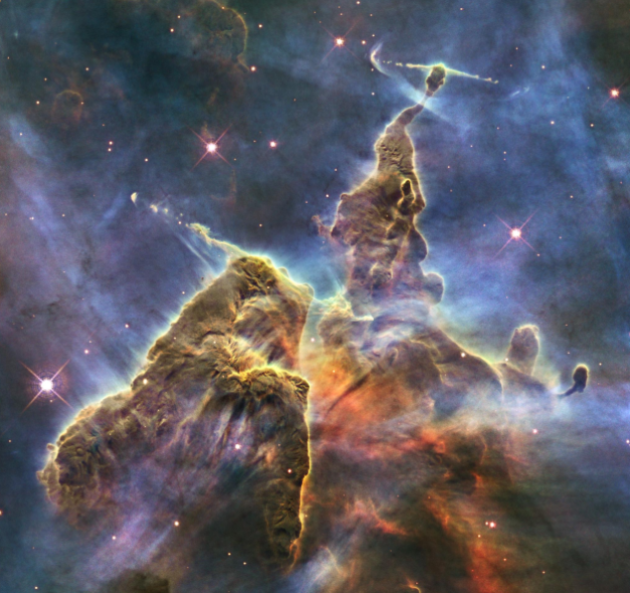
Infrared Detectors
Webb uses two types of detectors in order to sense shorter or longer wavelength light.
Three of Webb’s four science instruments capture near-infrared wavelengths. The Near Infrared Spectrograph, or NIRSpec; Near-Infrared Camera, or NIRCam; and the Fine Guidance System/Near-Infrared Imager and Slitless Spectrograph, or FGS/NIRISS, all use mercury-cadmium-telluride detectors. The Mid-Infrared Instrument, or MIRI, uses arsenic doped silicon detectors, and is Webb’s only mid-infrared tool.
The Ames Detector Lab performed foundational work to characterize mid-infrared detector performance in a space radiation environment and developed large-area, low-background mid-infrared detectors. The fruits of this multi-decade effort are in MIRI, but also benefited several Webb detector candidates.
Six Modes to Split Light
In addition to the detector work, Ames scientists contributed to the design, development, and testing of two of Webb’s scientific instruments, NIRCam and MIRI.
All four of Webb’s scientific instruments use spectroscopy to break down light into separate wavelengths – like raindrops create a rainbow – to determine the physical and chemical properties of various forms of cosmic matter. The spectrographs divide light to send to the detectors, which measure their intensity. The intensity of wavelengths, or their absence, can reveal the temperature, density, motion, distance, elements, and molecules of objects.
Webb is equipped with several modes of spectroscopy to address specific scientific questions. A scientist at Ames designed silicon dispersers – which spectrographs use to spread light out – and led the development of the spectroscopic modes of the NIRCam instrument, which are:
- Wide-Field Slitless Spectroscopy: to capture the overall spectrum of a wide field of view – a field of stars, part of a nearby galaxy, or many galaxies – at once.
- Time-Series Spectroscopy: to capture the spectrum of an object or region of space at regular intervals in order to observe how the spectrum changes over time. Time-series spectroscopy is used to study planets as they transit their stars.
Ames’s Contributions to Webb’s Science Program
Astrophysicists and scientists at Ames will use Webb to continue studying brown dwarfs, young stars, evolved stars, nearby galaxies, and worlds beyond our solar system, called exoplanets. They’ll also look for signs of polycyclic aromatic hydrocarbons, or PAHs, a class of large, chicken wire-shaped molecules that scientists believe could have played a role in the origins of life on Earth and elsewhere in the cosmos. Collectively, Ames researchers will lead over 400 hours of observations in the first year of Webb operations using Guaranteed Time, Early Release Science, and General Observer observations.
Learn more, visit: NASA release: NASA’s James Webb Space Telescope General Observer Scientific Programs Selected (March 30, 2021)
Keeping People and Spacecraft Safe
At NASA, safety is a core value. A mission like Webb is incredibly complex with multiple chances for failure. Webb’s mission assurance efforts put safeguards in place to better the odds of success. Ames will continue to partner with NASA’s Goddard Space Flight Center in Greenbelt, Maryland to support the Webb observatory throughout its mission, in the areas of:
- Mission Critical Software: Ames provides assurance, safety, and reliability engineering support for the spacecraft as well as instrument flight software the science community will use to plan, execute, and analyze observations using the Webb observatory.
- Mission Operations: Webb’s Mission Operations Center – or mission control – is at the Space Telescope Science Institute at Johns Hopkins University in Baltimore. Ames provided mission operations assurance engineering support to the Mission Operations Team during Webb’s launch from Europe’s Spaceport in French Guiana, as well as during the observatory commissioning and deployment phases.
Bringing Webb into Your Home
Spacecraft like the James Webb Space Telescope travel to far-off destinations, but the NASA mobile app uses the latest in augmented reality, or AR, to bring NASA’s space exploring technologies right into the homes of users. Currently the NASA app includes the Webb telescope and 34 other AR models, plus detailed information about each mission. Download the NASA app today and experience exploration here and beyond.
NASA provides regular updates about commissioning milestones on the Webb telescope blog. The public also can follow Webb’s progress online via a “Where is Webb?” interactive tracker.
Collaborators
Webb, an international partnership with the ESA (European Space Agency) and the Canadian Space Agency, launched Dec. 25 from Europe’s Spaceport in Kourou, French Guiana. On Jan. 8, Webb finished unfolding in space after having been stowed inside the nose cone of an Arianespace Ariane 5 rocket for launch. The observatory is now preparing for science operations, a human-controlled process called commissioning that provides the team with the flexibility to pause and adjust as needed.
Congratulations to the HelioSwarm Team
On Feb. 10, NASA selected the Ames-managed HelioSwarm proposal to move forward. The HelioSwarm mission joins a prestigious suite of NASA Heliophysics Explorers’ satellites and will leverage recent advances in SmallSat and swarm technologies – an area that Ames continues to lead. Using a swarm of SmallSat spacecraft, HelioSwarm will deepen our understanding of the mechanisms that control our constantly changing space environment – making observations and multi-point measurements of solar wind in 3D.
Ames will manage the HelioSwarm mission and perform mission operations from our Multi-Mission Operations Center (MMOC). Dr. Harlan Spence at the University of New Hampshire in Durham is the mission’s principal investigator. Eight SmallSat spacecraft will be provided by Blue Canyon Technologies Inc. of Boulder, Colorado and a larger hub spacecraft will be provided by Northrup Grumman of Falls Church, Virginia.
As we excitedly anticipate HelioSwarm’s future launch, we can also look forward to the Starling mission – a technology pre-cursor mission to HelioSwarm scheduled to launch later this year. Ames leads the Starling project and provides payload avionics and software, spacecraft integration and testing, as well as mission operations.
Congratulations to the HelioSwarm team!
Ames Scientist Joins Volunteer Crew on Simulated Mars Moon Journey
Jared Broddrick, a research scientist in the Space Biosciences Research Branch at NASA’s Ames Research Center in California’s Silicon Valley, has joined a volunteer crew simulating the long trek to Mars’ moon Phobos. The four-person crew will work for 45 days inside a ground-based habitat at NASA’s Johnson Space Center in Houston. The mission began on Jan. 28 in a structure called the Human Exploration Research Analog, or HERA, designed to serve as an analog for the rigors of real space exploration missions.
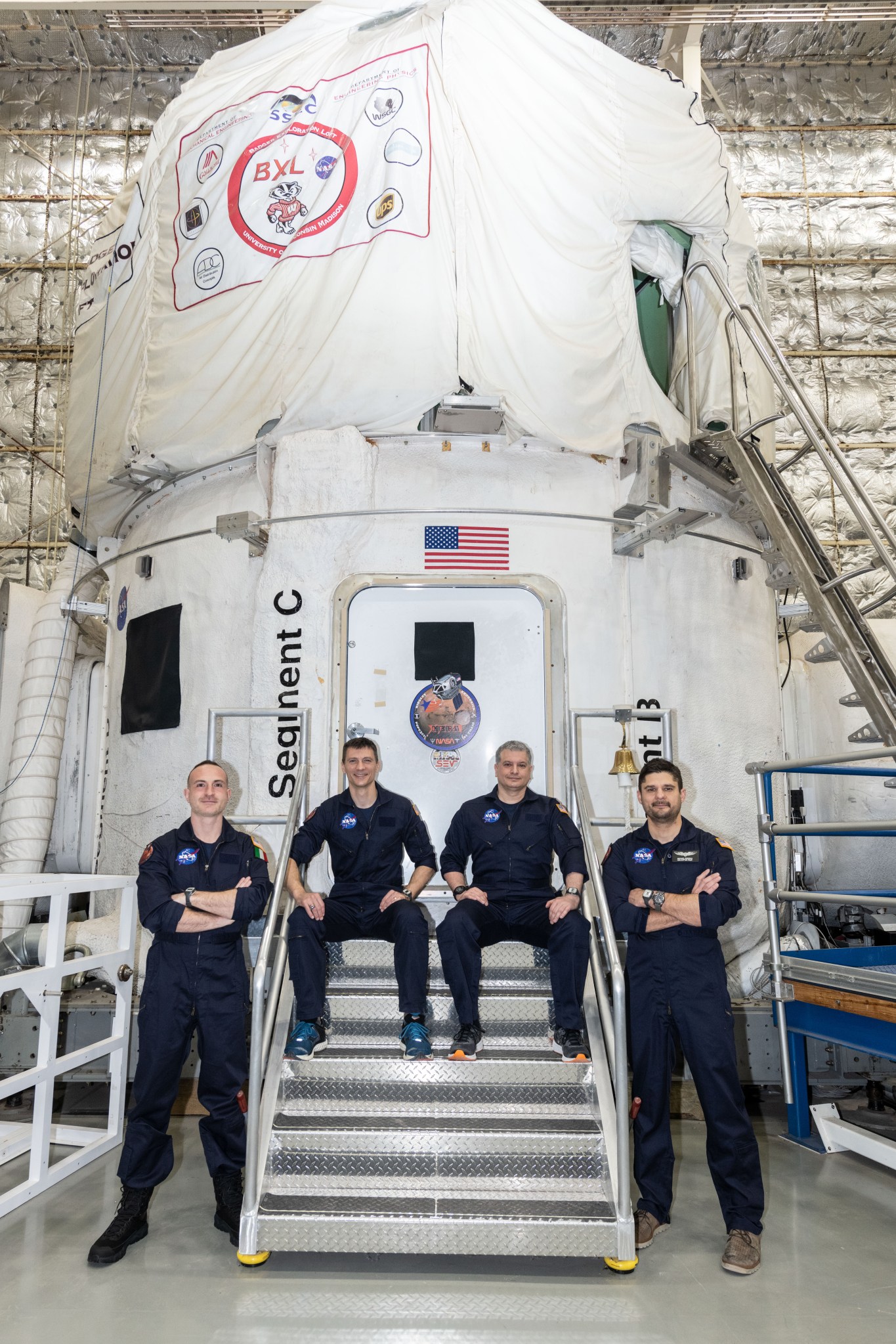
HERA is housing the crew as they conduct science experiments and face the isolation, confinement, and time delays of a long space mission. Once the habitat’s doors closed, they will not reopen until March 14.
As the simulated journey takes crew members closer to Phobos, those inside will experience increasing delays in communicating with the outside world. When the crew reaches Phobos, this delay will last up to five minutes each way. Such delays will force the crew – and those coordinating their journey – to practice communicating in ways that minimize impacts to mission operations and allow the crew sufficient autonomy to accomplish the mission.
“In this HERA campaign, we’re learning more about how teams function in an autonomous environment where they have limited contact with Earth,” said Brandon Vessey, research operations and integration element scientist for NASA’s Human Research Program, or HRP. “What we learn will inform how future exploration missions beyond low-Earth orbit are performed. This will help ensure that our astronaut crews can work effectively through challenges unique to long-duration spaceflight, including communication delays.”
The upcoming simulation is the second mission of HERA’s Campaign 6. Mission 1 ended on Nov. 15, 2021. Two additional missions will follow as part of the campaign, with the final simulated mission set to end Sept. 12, 2022.
HRP will perform 15 total studies throughout the missions, with seven returning investigations and eight new ones. The data collected as part of these missions will continue to help prepare humans for Artemis exploration missions to the Moon, trips to the planned lunar Gateway outpost, and long-duration missions to Mars.
Broddrick serves as the microbiology discipline scientist for NASA’s Space Biology Program and also supports NASA’s HRP in the effort to quantify the microbial risk to crew and develop countermeasures to overcome those risks. Broddrick is a graduate of the U.S. Air Force Academy, and, while on active duty, deployed three times in support of combat operations in the Middle East. Upon leaving active duty, he obtained a master’s in biochemistry from the University of California San Diego. After a stint in the biotechnology industry, he returned to the university to earn a doctorate in biology. He continues to serve in the Air Force Reserve, where he holds the rank of lieutenant colonel. He also supports mission objectives at the Combined Space Operations Center at Vandenberg Space Force Base in California.
NASA Centennial Challenges Vascular Tissue Challenge Team to Receive 2021 NASA Honor Award
by Lisa Vestal
The NASA Centennial Challenges Vascular Tissue Challenge (VTC) Team, for which Lynn Harper served as the administrator for, has been selected to receive a 2021 NASA Honor Award at the virtual NASA Honor Award Ceremony no later than February 25. The NASA Group Achievement Award (GAA) is an award given by NASA to groups of government or non-government personnel in recognition of group accomplishments contributing to NASA’s mission. Criteria for GAA award include: the Quality of results and the agency of multi-center level impact on programs or operations; effective management of cost and schedule; customer satisfaction; team growth and capacity for future contribution. Additional credit for development of innovative approaches, use of and contributions to lessons-learned data banks, and/or success in responding to unforeseen crises.
This team includes both NASA and NASA partners. Some NASA Ames team members included Lynn Harper, Lisa Vestal, Marco Boldt and Gregory Harbert.
The VTC was a $500K competition to create thick, vascularized tissue in an in-vitro environment to advance research and benefit medicine on long-duration missions on Earth. Teams from across the country competed and two teams had breakthroughs in 2021 that resulted in a NASA media announcement last June and culminated in a virtual awards ceremony and workshop last August. Please see below for additional information.
https://www.nasa.gov/press-release/teams-engineer-complex-human-tissues-win-top-prizes-in-nasa-challenge
https://www.nasa.gov/directorates/spacetech/centennial_challenges/vascular_tissue.html
Flights Help ‘Teach Drones to Navigate the World
by Abigail Tabor
If small, unmanned aircraft could be made smarter and more independent, they could help firefighters and other responders do even more in the wake of natural disasters. In December 2021, NASA’s Scalable Traffic Management for Emergency Response Operations activity, or STEReO, ran early flight tests of technology the team is developing, at NASA’s Ames Research Center in California’s Silicon Valley.
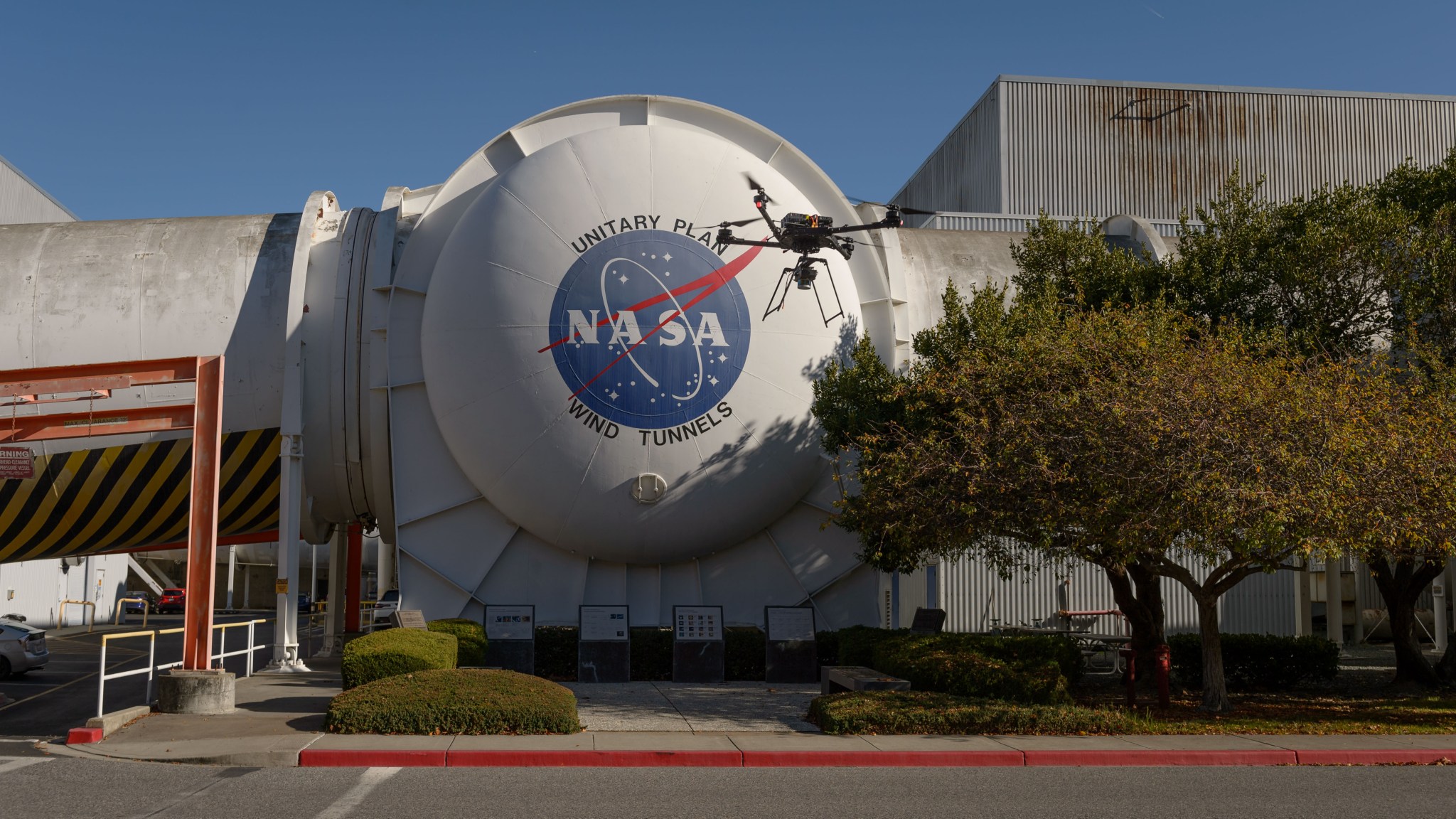
Data collected during the flights will help “teach” unmanned aircraft systems – also called UAS or drones – how to understand their surroundings and navigate the world. This could be a real benefit for emergency response; if UAS could fly and land safely beyond their pilot’s view, they could carry out certain tasks on their own, like visually identifying, then mapping, a wildfire perimeter.
During the tests, a large quadcopter UAS flew at low altitude, between about 100 and 150 feet. It carried several different sensors, including a camera and lidar scanner, that collected data to later train the aircraft’s “brain.”
The goal is for future vehicles to react to their environment in real time, for instance to detect and avoid obstacles in flight. Researchers are developing software that can be taught how to interpret what an aircraft’s sensors perceive and what actions to take in response – a type of machine learning. STEReO’s data, captured from the real world around buildings, trees, and other physical features, will make that training easier.
STEReO aims to support the modernization of emergency response by scaling up the role of unmanned aircraft and helping operations adapt to rapidly changing conditions during a disaster. The recent tests will help give a UAS the ability to conduct a mission autonomously, even if the vehicle is beyond the pilot’s view or doesn’t have a GPS signal. So, these small, agile aircraft will still be able to navigate in remote or disaster-struck areas without connectivity.
In more urban settings, there may be different challenges and requirements for autonomous aircraft, including for passenger vehicles. Another NASA project will use the data from the recent flight tests to help develop similar perception capabilities for use in cities.
The Transformational Tools and Technologies project’s Autonomous Systems subproject is focused on giving these future aircraft enough information to make decisions about their environment so that a human operator only needs to interact with the flight at a high level. That might mean issuing a command telling the vehicle to return to base, rather than taking direct control and flying it back. This could allow a person to oversee multiple flights at once, making it easier to scale up the use of these aircraft for Advanced Air Mobility in the future airspace.
Model Planes: Studying NASA’s Quiet Supersonic Aircraft Before it Flies
by Abigail Tabor
Don Durston was obsessed with building model planes as a kid, and he never grew out of it. His models are just a whole lot more sophisticated these days!
Growing up, he assembled plastic models of various airplanes, from a Cessna 172 to an Air Force F-4 Phantom. And when he heard real fighter jets pass overhead at supersonic speeds, the sonic booms they produced got him excited about studying how airplanes fly.
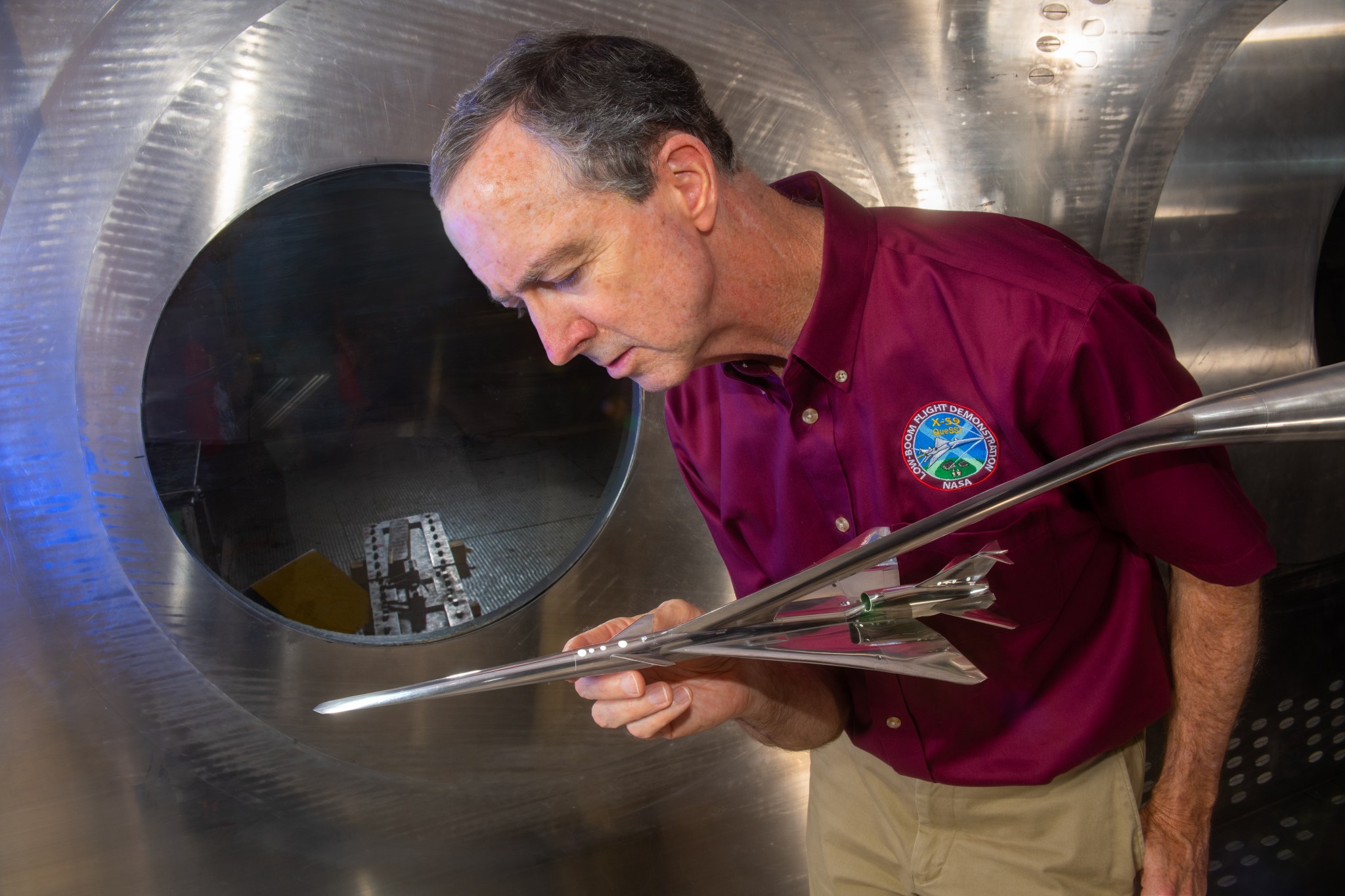
Today, Durston, an aerospace engineer at NASA’s Ames Research Center in California’s Silicon Valley, leads the agency’s wind tunnel testing for sonic boom research under the Commercial Supersonic Technology project. He is pictured here in October 2021 with a model he helped design of NASA’s X-59 Quiet SuperSonic Technology, or QueSST, aircraft, made ready for testing in the 8- by 6-foot supersonic wind tunnel at NASA’s Glenn Research Center in Cleveland.
The unique shape of the X-59 reduces the loud sonic boom typically associated with supersonic aircraft to a quiet thump for people on the ground. To study how the aircraft will perform, sophisticated models are tested in wind tunnels where air flows over them as if they were flying.
The X-59 model shown here is about 19 inches long and made almost entirely of solid, high-strength stainless steel. The plane itself has extremely thin wing and tail surfaces typical of supersonic aircraft. Scaled down to just 1.62% of the real aircraft’s size, the model’s edges would have approached the thickness of aluminum foil!
In the model’s final design, those edges were thickened slightly so it would be strong enough to handle the forces in the wind tunnel, where air flows faster than the speed of sound. The change did not interfere with testing, since it had such a small effect on the sonic booms – or mere thumps – produced and could be accounted for when the data was analyzed.
The model was built according to NASA’s requirements by Tri Models, Inc. of Huntington Beach, California. Durston made a special trip to inspect its construction and ensure it was made to the precise standards specified. He checked that all surfaces were flush, feeling by hand for even the slightest step of a thousandth of an inch between parts. He made sure holes for screws and pins were perfectly centered and removed every part before carefully reassembling the model piece by piece.
The data from the tests conducted in September and October 2021 using this model are helping validate computer-based tools for studying how air flows around the X-59 under different flight conditions. The wind tunnel and computer simulation data will ultimately be compared to actual flight test results when the X-59 flies later this year. By making supersonic flight quieter, the mission aims to support a rule change by the Federal Aviation Administration that would permit these flights over land.
In Memoriam …
Former Ames Aerospace Engineer and Renowned Rotorcraft Expert Dewey Hodges Passes Away
Dewey Harper Hodges—a committed family man, devoted disciple of Christ, beloved professor, decorated engineer, and one of the foremost aerospace researchers of his generation—died at his home in Dunwoody, Georgia, on Jan. 31, after a long battle with Parkinson’s Disease. He was 73 years old.
Born May 18, 1948, Dewey was the fourth and youngest child of Plummer and Etha Hodges. He grew up on the family farm near Cumberland Furnace, Tennessee, and came into this world 15 years after his brother David tragically died at the age of 3. His mother believed that Dewey was God’s gift to her to soothe her heart after losing her second child to illness so young. Born when his father was 47 and his mother was 40, Dewey was nearly 21 years younger than his oldest brother, Plummer Jr., and 15 years younger than his sister, Dorothy. He became an uncle at the age of two and played with his nephews and nieces as siblings. As a young boy, he learned to work long, hard days on the farm, acquiring a work ethic he attributed to his parents and maintained throughout the rest of his life. Every tobacco season, during the hottest part of the summer, he crawled between the furrows on his hands and knees, acre by acre beneath the blistering Tennessee sun, gathering cut stalks into bunches and tying twine around the stems before he helped transport them to the barn for curing.
While always thankful for the life lessons he learned on the family farm, Dewey famously walked in the house at age nine—covered in sweat, dust, and wasp stings after an afternoon of harvesting barley—and told his mother that, when he grew up, he would figure out how to work with his mind. He earned straight As in high school, apart from one notorious B in physical education. Following the advice of his high school guidance counselor, he majored in aerospace engineering at the University of Tennessee in Knoxville, where he earned a scholarship with the U.S. Army ROTC before graduating with high honors in 1969.
After Stanford University selected him for an all-expenses-paid NASA trainee fellowship, he moved across the country to enroll in graduate school. He earned his master’s degree in 1970 and his Ph.D. in 1973 at the age of 24. Following his graduation from Stanford, he became an officer in the U.S. Army; he made captain in 1975 and retired from active service in 1977.
Soon after relocating to California, he underwent a profound religious conversion that would define the rest of his life and met the woman who would become his bride, Margaret Jones. Married on Aug. 14, 1971, Dewey and Margaret raised five sons and enjoyed more than 50 years of marriage.
In 1970, while a student at Stanford, Dewey took a summer job as a research scientist at the U.S. Army Aeronautical Research Laboratory at Ames Research Center. He parlayed that summer job into an illustrious 16-year career at NASA Ames. His many accomplishments at NASA Ames include his seminal work on rotor stability and a 1974 NASA Technical Note, which he co-authored with Earl H. Dowell, detailing what became known as the Hodges-Dowell beam equations. This paper remains among the field’s most cited publications of all time.
In 1986, Dewey moved his family from San Jose, Calif., to Atlanta, Georgia, to join the faculty of the Daniel Guggenheim School of Aerospace Engineering at the Georgia Institute of Technology as a full professor. At Georgia Tech, he became a world-renowned scholar who taught, published landmark papers and classic textbooks, conducted research, and advised graduate students for more than 35 years. While at Tech in 2003, he authored another engineering breakthrough that bears his name. “Hodges’ geometrically exact, fully intrinsic beam equations” have since superseded the Hodges-Dowell equations as the new standard in the field. He attributed his discovery of these equations to a vision from the Lord.
Though he was one of the world’s foremost rotorcraft dynamics experts, Dewey always regarded his relationships with his graduate students as the most important aspect of his life’s work. His students testify that he treated them as equals, cherished them as friends, went out of his way to advance their careers, and mentored them personally and spiritually like a father.
Despite his lifelong intention to continue working full-time well into his 80s, complications from Parkinson’s Disease forced him to withdraw from the labor and service he adored much earlier than expected. Endowed with uncommon fortitude, he nevertheless pushed through pain and infirmity for years, rarely with any complaint, far beyond his body’s ability to keep up with his mind—much like his greatest hero, the Swiss mathematician Leonhard Euler. He became professor emeritus in May 2020 around his 72nd birthday and continued to guide and collaborate with his remaining graduate students, edit academic journals, and contribute to his beloved fields however he could until his death. His final two students—the last of his 36 Ph.D. and 42 master’s degree graduates—completed their studies in December 2021 while still under his loving care.
Dewey’s countless professional achievements include five books, five book chapters, two U.S. patents, approximately 230 technical papers in refereed journals, and another 175 published conference papers. One of his pioneering computer programs, VABS, which he developed with his graduate students, remains the standard tool for rotor blade design around the world. He served on the editorial boards of at least six academic journals and was elected fellow of four professional societies: the American Academy of Mechanics, the American Helicopter Society, the American Institute of Aeronautics and Astronautics, and the American Society of Mechanical Engineers. In recognition of his original and enduring contributions to engineering, he received more than 20 prestigious national and international awards. His name also is found throughout the book, “Figures of Merit Remembrances of Those Who Built an Army-NASA Collaboration and a New Age of Rotary-Wing Technology 1965-1985,” edited by Bob Ormiston and Irving Statler.
A fine tenor with a bright voice and a delight for melody, Dewey also loved to sing and play the piano. Starting as a young boy, he sang in the choir of every church he attended, frequently played piano and organ in worship services, and spent hours on his treasured baby grand nearly every weekend. For years, before putting his youngest son to bed every evening, he’d sit in his reading chair with the boy on his lap and sing hymns to him—always from memory—as the twilight dwindled outside. Later, when Sunday dinners had grown to include his daughters-in-law and grandchildren and frequent guests, he made singing hymns in four-part harmony after the meal a lasting and beloved Hodges tradition.
Over a period of about 40 years, Dewey served as an ordained elder at three churches, and he led dozens, if not scores, of individuals to lasting faith in Christ. He always knew the precise mileage of his last tank of fuel and exactly how much change he had in his pocket. He preferred every glass of water “three-fourths full with two ice cubes,” his favorite television show was Rocky and Bullwinkle, his favorite movie was UHF, and at age four, he preached the sermon at the funeral for his sister Dorothy’s baby chicken.
He was “Dewey” to his friends, “Dad and Daddy” to his sons, “Papa” to his grandchildren, “Uncle Dewey” to his many nephews and nieces, “Dr. Hodges” and “Professor Hodges” to his students and colleagues, and “Baby” to his wife.
Dewey is preceded in death by his parents, Plummer and Etha Hodges, and his brothers, the Rev. Plummer Hodges Jr. and David Hodges. He is survived by his sister, Dorothy Nolen; his wife of 50 years, Margaret; his five sons, Timothy, Jonathan, David, Philip, and Benjamin; and 28 grandchildren.
Though he was a man of rare and incandescent genius, Dewey’s life was defined far more by his character of utmost excellence, steadfast dedication, fervent enthusiasm, and unimpeachable integrity. While he will be sorely missed, Dewey Harper Hodges—since freed from his years of valiant suffering—now walks with the saints in light.
Dewey was buried at a private graveside service in Arlington Memorial Park in Sandy Springs, Georgia on Feb. 1. In lieu of flowers, please make a donation in Dewey’s name to Wycliffe Bible Translators or the McCamish Parkinson’s Disease Innovation Program at Georgia Tech.


























